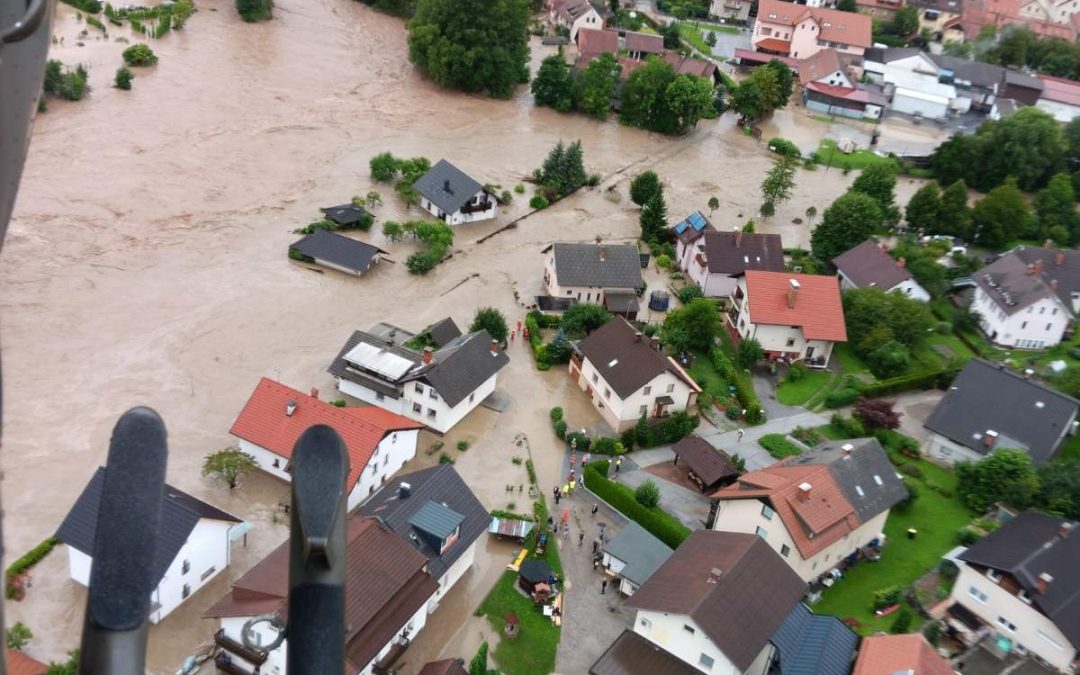Ljubljana – Extreme weather events in Europe have caused 500 billion euros of economic damage over the past 40 years, less than a third of which was insured. Slovenia ranks among the countries with the highest economic damage per capita, as last year’s floods alone caused nearly 900 million euros in direct damage, while insurance payouts are estimated at 152.3 million euros, as highlighted last week at an international conference under the auspices of the Insurance Supervision Agency (AZN).
Finance Minister Klemen Boštjančič noted that almost a fifth of the population in Slovenia does not have their residences insured, as found by the Institute for Economic Research. He stated that the so-called insurance gap needs to be addressed. “Climate change is here,” he said. According to Boštjančič, the ministry is preparing systemic solutions, including benefits for those with certain insurances. They are establishing a working group that will include representatives from the government, AZN, the Slovenian Insurance Association, and others.
According to Boštjančič, the state’s priority after the floods in August last year was to restore the situation as soon as possible. “We adopted numerous measures, emergency legislation, and secured financing from various sources,” he recalled. Now, it’s important to raise people’s awareness of the risks of natural disasters and to insure their property. “Everyone must take their share of responsibility,” he added.
“Last year was the warmest year in almost two centuries, Slovenia was hit by frost, hail, and catastrophic floods,” said AZN director Gorazd Čibej. Consequently, insurance companies paid out record payouts for natural disaster insurance, totaling over 330 million euros. However, there remains a significant so-called insurance gap in protection against natural disasters, he warned. According to the institute’s findings, the insurance gap for floods is estimated at about 60 percent of households, and for earthquakes, it exceeds 70 percent. (September 10)
 go to the original language article
go to the original language article
